For Ninh Binh province, the World Cultural and Natural Heritage Trang An Scenic Landscape Complex has a total area of about 12,000 hectares, located in 20 communes and wards of Ninh Binh province. This area is known as the capital of Dai Co Viet in the 10th century, the Tran Dynasty's palace against the Yuan-Mongol army in the 13th century and is home to many famous landscapes, mentioned in many poems from the past to the present.
Today, through the results of research, analysis, and comparison by local, central, and international geological, geomorphological, and archaeological experts, it has been confirmed that this place has unique, globally outstanding values in terms of nature and culture. Trang An possesses a repository of historical documents of the earth and a unique geomorphological form, with unique geological features, demonstrating more clearly than any other place on Earth the stages of Karst landscape evolution in a humid tropical environment.
With over 30 prehistoric archaeological sites discovered, including those in caves, rock shelters and on sandy soil terraces at the foot of mountains, Trang An contains a massive, complete, rich and intact archive of documents about prehistoric humanity, demonstrating how humanity adapted to major changes in the global environment over the past tens of thousands of years.
At the same time, Trang An is also notable for its cultural and historical values, where people have lived for tens of thousands of years, with the Bronze Age civilizations, Dong Son civilization, the place chosen to locate the Hoa Lu Capital - the Capital of Dai Co Viet State, the first centralized feudal state of Vietnam in the 10th century, along with hundreds of temples, pagodas, shrines, palaces...; religious and belief architectural works existing in caves, stone roofs or on the mountainside in harmony with nature and with highly technical and artistic architecture; unique traditional folk festivals bearing the cultural soul of the people of Ninh Binh in particular and Vietnam in general.
Along with that is the stunning natural landscape, notably the Karst tower landscape which is considered the most beautiful and spectacular of its kind in the world, covered by primeval tropical forests, skillfully and beautifully blended with rice fields surrounding the rivers, creating a diverse and ever-changing colorful landscape.
With these values, Trang An Scenic Landscape Complex was recognized by UNESCO as a World Cultural and Natural Heritage on June 23, 2014, the first mixed Cultural and Natural heritage of Vietnam and Southeast Asia.
Over the years, the management, conservation, exploitation and promotion of the value of the World Cultural and Natural Heritage of Trang An Scenic Landscape Complex has been identified by Ninh Binh province as the responsibility of the Party Committee, government and people in the province.
Based on the implementation of the Heritage Management Plan, heritage management experience, specific solutions and actions and the strict implementation of the recommendations of the World Heritage Committee is a strong commitment of Ninh Binh province to ensure the integrity, authenticity and outstanding global values of the heritage, contributing to the sustainable development of socio-economy, especially tourism services.
The requirements and recommendations of the World Heritage Committee are implemented seriously and responsibly; the outstanding global values of the heritage are respected and preserved; the awareness of local authorities and the community about the role and importance of the heritage is significantly raised. Scientific research is promoted; the work of promoting, advertising and interpreting the values of the heritage associated with tourism development is regularly innovated. The tourist areas and spots in the heritage site have truly played a core role in promoting the development of Ninh Binh tourism.
In particular, the participation of the community in heritage conservation ensures the livelihood of people in the heritage area. The economic restructuring from agriculture to tourism services towards green and sustainable growth has promoted the vitality, potential and value of the heritage, so that the heritage truly belongs to the community, protected and preserved by the community.
According to Associate Professor Dr. Le Thanh Binh, former Head of the Department of Communication and Foreign Cultural Affairs of the Diplomatic Academy, former Minister Counselor, the second person of the Vietnamese Embassy in Norway, Trang An Scenic Landscape Complex is the only mixed heritage (both Cultural and Natural) in Vietnam and Southeast Asia, it is one of the few 38 mixed heritages recognized and honored by UNESCO.
However, the recognition and honoring of a country's heritage is only an important step that is preliminary, enlightening, presumptive, and fundamental; next, there must be accompanying activities regarding state management policies, heritage promotion communications, and socialization of the conservation and promotion of the value of UNESCO titles, associated with international-level, universal goals of humanity such as: serving the goals of sustainable development, progress, modernity, humanity, friendship, cooperation, peace, etc.
Therefore, in the major policies and long-term cultural strategies of many developed countries, there should be integrated parts with promotional communications and not simply communications (content, form, message) but also marketing to clarify the goals and effectiveness of communications right from the basic steps. In particular, the main funding streams of non-governmental organizations focus on preserving and promoting the identity of ancient cultures, with many outstanding highlights to promote the attractiveness of culture with the orientation towards the values of truth, goodness, and beauty that have been recognized as classical standards. Along with that, digital technology is used in the conservation and preservation of heritage and relics to prevent and limit the impact of time, natural environment, erosion, destruction or accidents and disasters.
Digitization also facilitates the rapid and extensive preservation and promotion of many aspects of heritage, artifacts, landscapes, festivals, community activities and other comprehensive information.
In the Guidelines for the Implementation of the World Heritage Convention, UNESCO also determined: Cultural and Natural Heritage are invaluable and irreplaceable assets, not only of a nation, but also of humanity in general. Any of these heritages, if lost, degraded or destroyed, would impoverish the heritage of all peoples in the world.
Therefore, national media agencies need to actively propagate and promote so that everyone has a unified awareness of the role of heritage, thereby not only the state but also businesses and all citizens increase awareness to participate together in investment (it is possible to socialize some works or the entire relic cluster as in some famous works in Ninh Binh and other localities).
Valuable cultural heritages are precious assets that are cared for, preserved and promoted, making an important contribution to historical-cultural education, cultivating the nation's fine traditions; contributing to building and promoting a good national image, disseminating important historical, cultural, scientific and aesthetic values of Vietnam's cultural heritage to the world through communication activities, tourism, cultural exchange, research seminars, study abroad and cooperation for sustainable socio-economic development.
Therefore, the State needs to always pay attention, have appropriate policies and strategies to invest properly, sufficiently and promptly; train qualified professional human resources (including communication staff), arrange managers with enough capacity, heart, talent and enthusiasm; provide finance for the right job, according to output results; reward and punish properly, so that heritages, especially heritages honored by UNESCO, increasingly promote their role in culture, socio-economy and sustainable development.
Article and photos: Hanh Chi
Source



![[Photo] General Secretary To Lam meets and expresses gratitude to Vietnam's Belarusian friends](https://vphoto.vietnam.vn/thumb/1200x675/vietnam/resource/IMAGE/2025/5/11/c515ee2054c54a87aa8a7cb520f2fa6e)

![[Photo] General Secretary To Lam arrives in Minsk, begins state visit to Belarus](https://vphoto.vietnam.vn/thumb/1200x675/vietnam/resource/IMAGE/2025/5/11/76602f587468437f8b5b7104495f444d)
![[Photo] General Secretary To Lam concludes visit to Russia, departs for Belarus](https://vphoto.vietnam.vn/thumb/1200x675/vietnam/resource/IMAGE/2025/5/11/0acf1081a95e4b1d9886c67fdafd95ed)
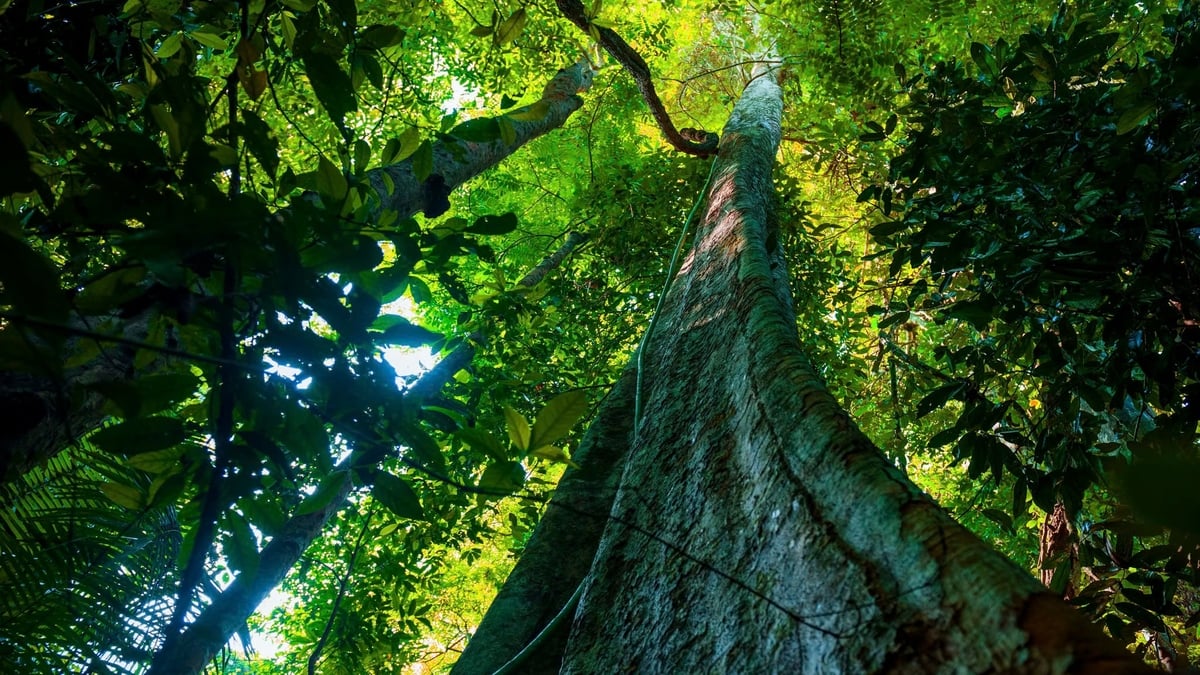
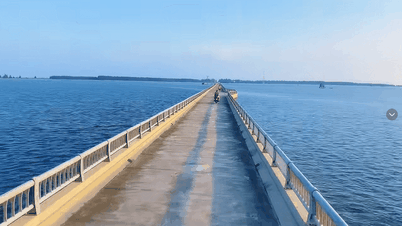

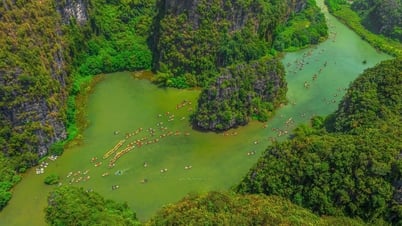




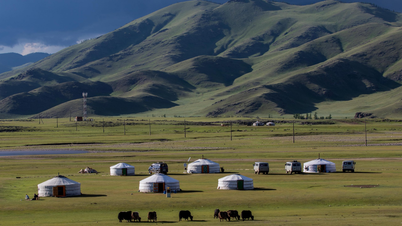


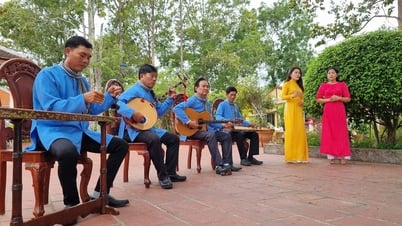


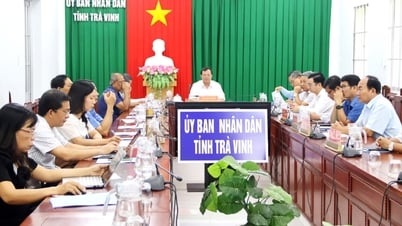
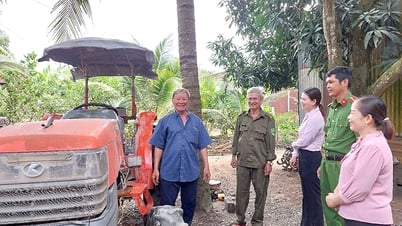





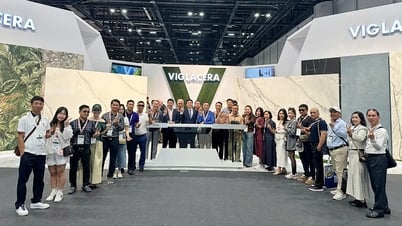


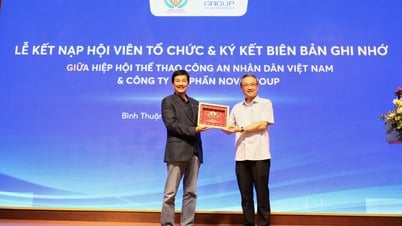


![[Photo] National Assembly Chairman Tran Thanh Man attends the Party Congress of the Committee for Culture and Social Affairs](https://vphoto.vietnam.vn/thumb/1200x675/vietnam/resource/IMAGE/2025/5/11/f5ed02beb9404bca998a08b34ef255a6)
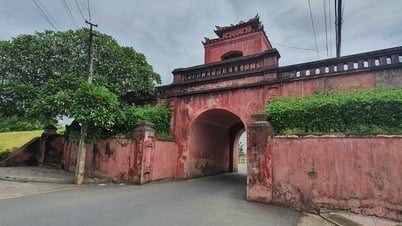



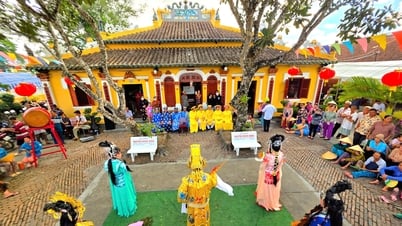
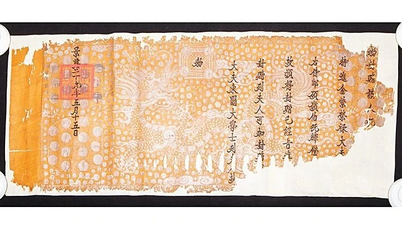


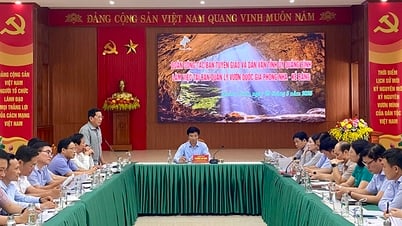



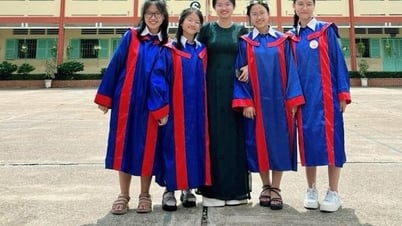
































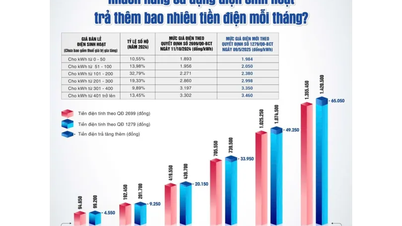






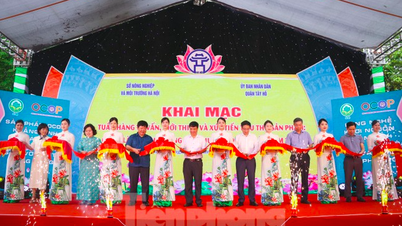





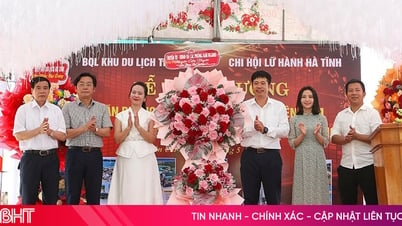
Comment (0)